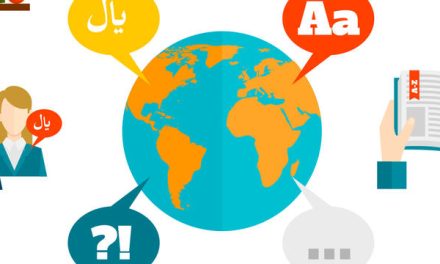Well, translation between any of the language pairs becomes a daunting challenge if you have inadequate knowledge and expertise. Moreover, the difference in idioms, dialects, and cultural aspects can add another layer of complexity. The next crucial stage is the translation of puns, humor, and rhymes. All these aspects are the cornerstone of generating flawless translation. However, the number of languages and their cultural diversity indicate that this crucial task can be a nightmare if you lack a basic understanding of source and target languages.
Italian is one of the most legendary romance languages that share close ties with Latin. Being spoken by more than 85 million speakers located across the world, its flawless translation is important to provide a bridge and overcome the communication gap. This blog talks about some major translation challenges when translating or localizing your content from English to Italian.
Translation in Italian is Usually Longer
It’s an undeniable fact that translation in Italian is usually longer. The source content in English when translated into Italian, produces relatively longer content. In some cases, it disturbs the content alignment as the content overflows from text boxes. This has a very bad impact on your international audience or the people who access your content in the Italian language. To avoid this issue, you can take assistance from certified Italian translation services and enhance your translation experience.
It’s essential to make your content appealing and understandable to voice your message globally. A poorly created translation that overlaps other parts of information will not be able to appeal to a wider audience. Similarly, brochures, website designs, widgets, visual elements, and many other components need specific attention to detail to prepare them in different languages. Even if you have a basic format understanding of your target language, you’ve got a problem. This is where the excellence of language-specific experts and website translation services can save you from significant translation errors.
Gendered Nouns in the Italian Language
Gendered nouns aren’t a challenging task when you have to translate from one source language to English. For instance, you don’t have to pay attention to gendered nouns when translating from Portuguese to English. Still, Portuguese translation services will greatly improve your translation experience, converting complex terminologies into easily understandable terms. However, Italian translation demands proper knowledge of gendered nouns to sustain the same intent and context of your content. A minor adjective mistake can deliver a completely different context.
Let’s understand this from an example. The Italian translation of ‘the boy’ is ‘il ragazzo’ while the Italian translation of ‘the girl’ is ‘la ragazza’. In this translation, the translator will have to add a determiner according to the noun. However, you may come across some nouns in English that aren’t gender specific like the carpenter, the teacher, etc. This is where a professional translator can identify the context of each term and translate it more accurately.
Different Characters that Don’t Exist in English
Though it’s less of an issue for a professional Italian translator, it deserves a mention to explore the intricacies of the translation process. This is a common issue, and the Italian language is no exception. You will find different words in a source language that don’t have any literal meaning in English. The English language has a compact structure. It focuses on fluency rather than word-to-word conversion of characters and terms. The Italian language is enriched with special characters. Even most of the words have different letters in them, like à, è, ì, ò. Whenever you are translating into Italian, it’s important to learn about the usage of these letters and their context. This is where certified Italian translation services come into play.
One Word Has Multiple Meanings in Translation
We know the same word has different meanings based on its context and how it’s used in a sentence. Language experts predict that there are two patterns to identify the literal meaning and tone, homonyms and heteronyms. Homonyms are those terms that look and sound alike but have completely different meanings, while heteronyms look alike but have different pronunciations and meanings. And the complexity doesn’t end here. It becomes even more difficult when you have to process idioms, sarcastic terms, and jokes. These terms are only translatable by someone who professionally grasps the cultural nuances of each language and region.
Cultural Aspects in Italian Language
Ever wonder why we have to hire professional linguists to manage our translation projects when we have automated translation available online? Well, machine translation works on basic language algorithms that can perform word-to-word conversion but cannot take into account different cultural factors. The translation is incomplete without integrating the cultural nuances of the target language. On the other hand, professional translators are certified experts in each specific language to provide you with quality content that adheres to different cultures and speaks the language of an international audience.
Wrapping It Up
Though translation of any language is difficult if you lack professional expertise, Italian translation is even more challenging due to many reasons. It’s so common that people manage to understand a different language or languages when they migrate to a different region. However, the Italian language has a diverse background, making it difficult for a non-native speaker. In this case, you can hire professional language experts to prepare multilingual content and transform your digital portfolio more effectively.





